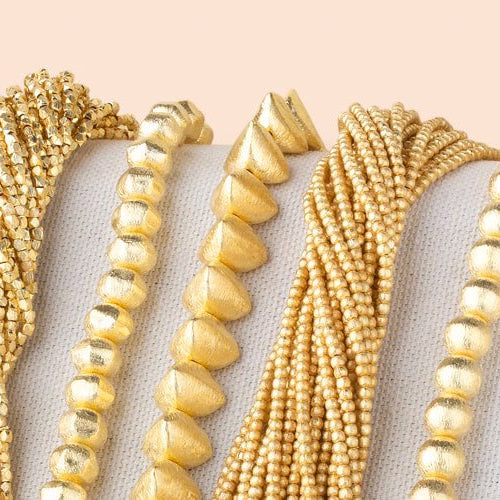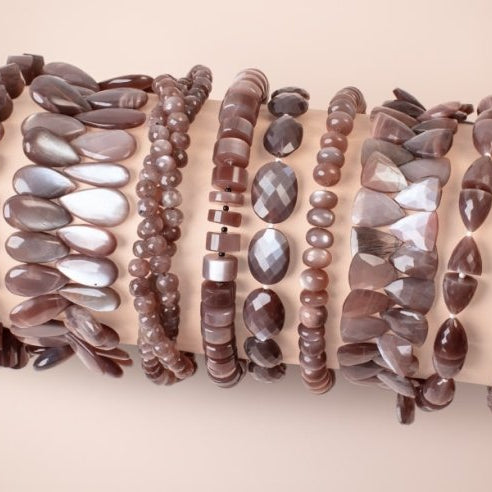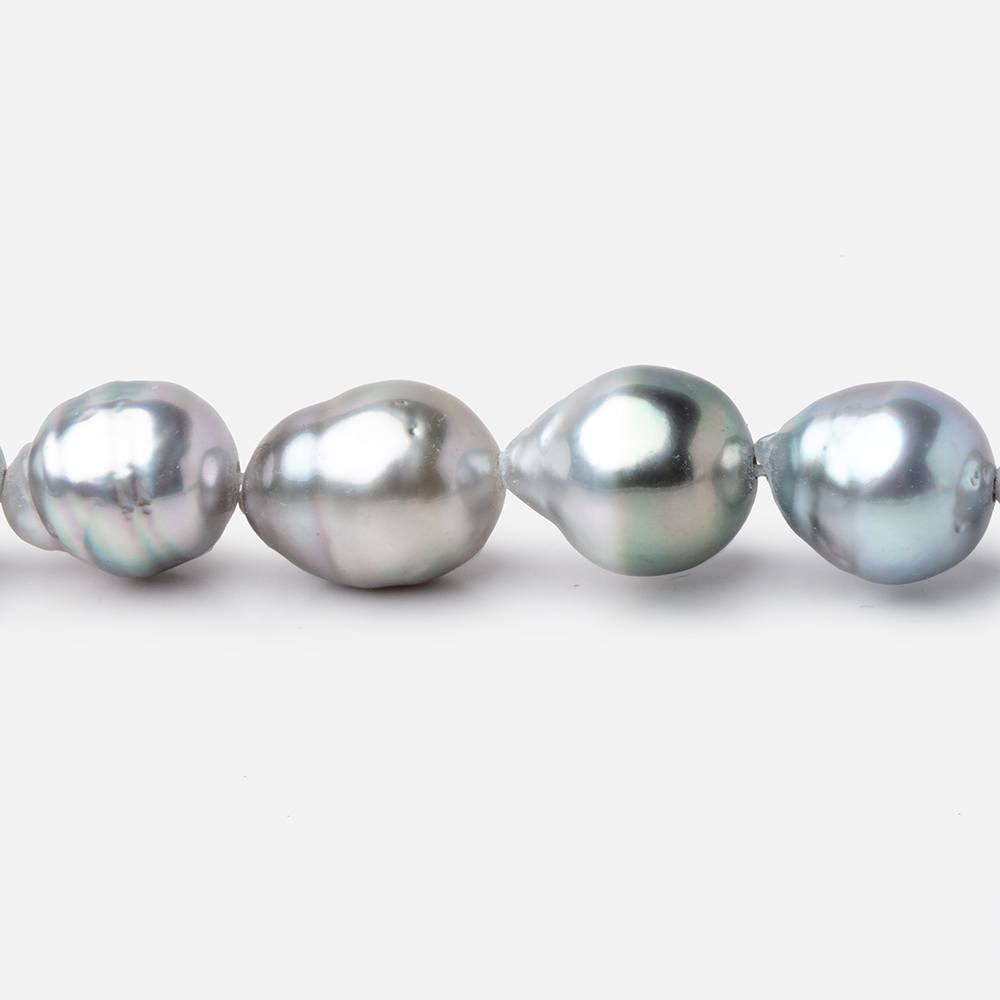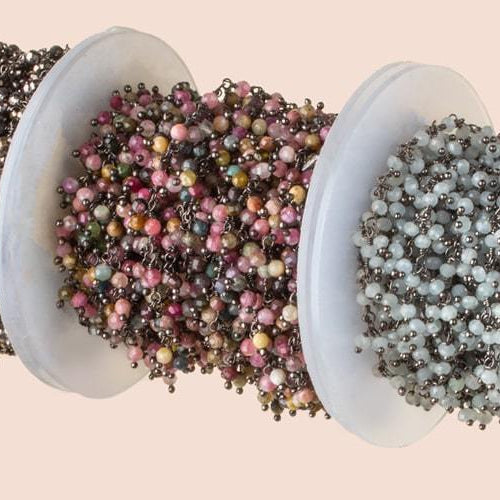Pearl jewelry has been in vogue since the early 1900s, and its popularity doesn’t seem to be slowing down anytime soon. From classic white to soft pink, freshwater pearls are truly stunning to behold. However, there is a lot that the public doesn’t know about freshwater pearls. From their fascinating history to the surprising way they are farmed, here are some facts about freshwater pearls that you may not know:
1) Freshwater Pearls Are Not Produced by Oysters
Contrary to popular belief, freshwater pearls are not produced by oysters. Oysters produce saltwater pearls, while freshwater pearls are mostly produced from pearl mussels. Pearl mussels are similar to marine mussels, but they tend to be much larger and live a lot longer (more than 100 years). Pearl mussels are considered an endangered species because they have been the target of illegal harvesting due to their ability to occasionally bear a pearl. Most countries in Europe and the United States have them listed as a protected species.
2) Some Freshwater Pearls That Are Cultured Are Still Natural
This is a confusing topic for some, but one that needs to be cleared up. Whether freshwater or saltwater, most pearls are cultured. Naturally cultured freshwater pearls are made when mollusk tissue is inserted inside a mollusk. The mollusk then covers the tissue with nacre (the substance that pearls are made of). While the beginning process is assisted by humans, the forming of the pearl is all done by the mollusk. On the other hand, imitation pearls are unnatural and are made from plastic or glass. These cheap imitations should not be confused with naturally cultured pearls.
3) Freshwater Pearl Farming First Began in Japan
The farming of freshwater pearls first began near the city of Kyoto, Japan in 1914. Farmers used the mollusks from Lake Biwa, making “Biwa pearls” synonymous with freshwater pearls. By the 1970s, the pearl farming industry in Kyoto was booming. Unfortunately, pollution and other factors depleted the habitat for freshwater pearl mussels, and China soon became the top producer of freshwater pearls. While there are still places in the United States and Japan that produce naturally cultivated freshwater pearls, China is the number one producer.
4) Freshwater Pearls Can Come in Colors Other Than White
We have all seen those classic white pearls worn by fashion icon Audrey Hepburn, but did you know that pearls can occur naturally in more colors than just white? Freshwater pearls, in particular, can come in a variety of colors and shapes. Some popular and naturally occurring colors include various pinks, lavenders, and whites, while the rarer colors include blues and greens. Freshwater pearls can also come in natural shapes such as oval, round, coin, potato, stick, button, baroque, square, and more.
5) They Have Been Worn Since Medieval Times
Gold and silver were not the only types of jewelry worn in medieval times. Scotland has been home to freshwater pearl mussels since the Middle Ages, and many people hunted for precious pearls back then. However, pearl hunting was banned in Scotland in 1998, due to the mollusks being on the brink of extinction. Other places in Europe were home to freshwater pearls, and they were worn by everyone until the aristocracy banned the lower class from wearing them in the Late Middle Ages.
6) It Can Take Years to Cultivate a Pearl
High quality pearls can take a surprisingly long time to harvest due to the extensive process. Pearl farmers are selective when it comes to choosing the perfect pearl mussels to implant with tissue so that they can achieve the best result. After the tissue is implanted, the mussels are suspended in water that is both calm and temperate. They are fed a healthy diet and need constant attention, due to continuous cleaning and health examinations. The freshwater pearls are allowed to cultivate for as long as five years to achieve the pristine and sophisticated quality of pearls that we see today.
The Importance of Freshwater Pearls
The freshwater pearl is a stunning gemstone that has been a symbol of sophistication and purity for centuries. Their eternal beauty has stood the test of time since the Middle Ages and continues to be considered a classic piece of jewelry that never goes out of style. The fascinating process behind the creation of freshwater pearls is one that everyone should be aware of so that they can be sure to purchase only the best and highest quality of freshwater pearls.










